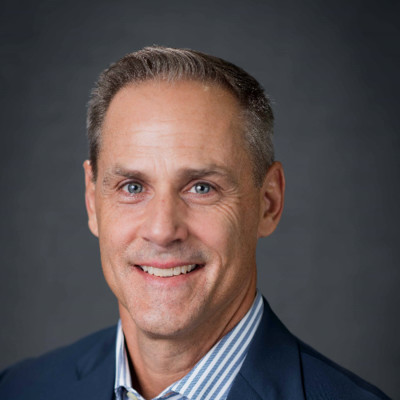- Video Library
- Christopher Arapoff, CeQur - Insulin-Delivery Device | LSI USA '24
Christopher Arapoff, CeQur - Insulin-Delivery Device | LSI USA '24

Christopher Arapoff
25+ years in Healthcare strategy, management, reimbursement, health economics, and payor relations. Specific focus on healthcare reimbursement, value based program development, Business Unit strategy, care coordination, and therapy access in both the public and private arena aimed at delivering enhanced financial performance and business growth.
Specialties: Develop new payment models and work cross functionally with a wide range of internal and external stakeholders to deliver operational alignment and financial success. Drive collaborative partnerships across the care continuum to align incentives, enhance care delivery, and control costs.
Christopher Arapoff
25+ years in Healthcare strategy, management, reimbursement, health economics, and payor relations. Specific focus on healthcare reimbursement, value based program development, Business Unit strategy, care coordination, and therapy access in both the public and private arena aimed at delivering enhanced financial performance and business growth.
Specialties: Develop new payment models and work cross functionally with a wide range of internal and external stakeholders to deliver operational alignment and financial success. Drive collaborative partnerships across the care continuum to align incentives, enhance care delivery, and control costs.

17011 Beach Blvd, Suite 500 Huntington Beach, CA 92647
714-847-3540© 2025 Life Science Intelligence, Inc., All Rights Reserved. | Privacy Policy







